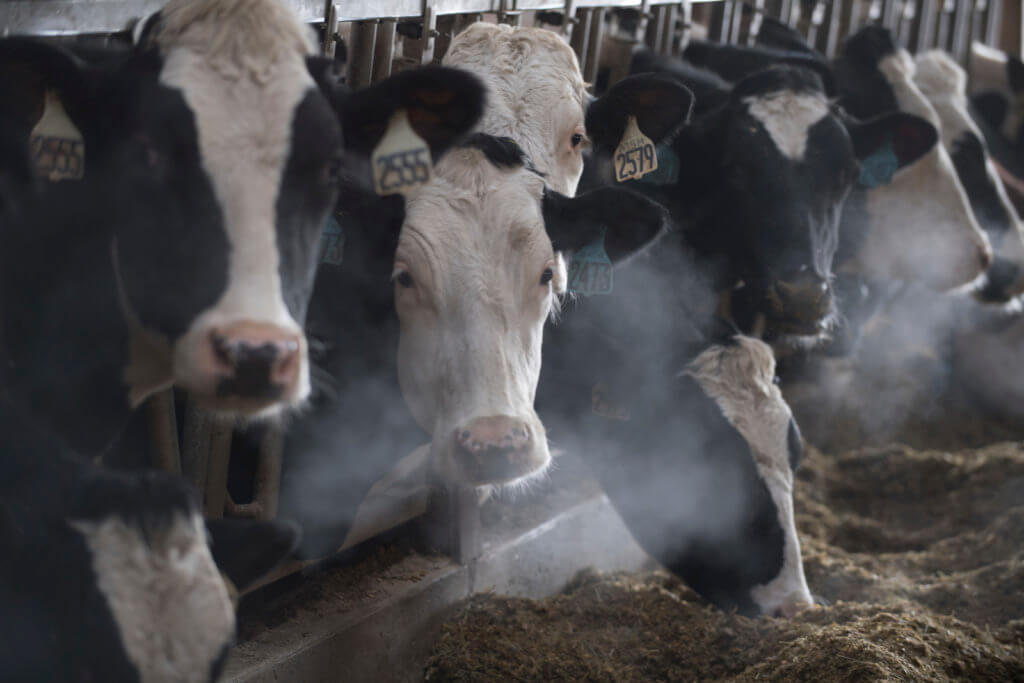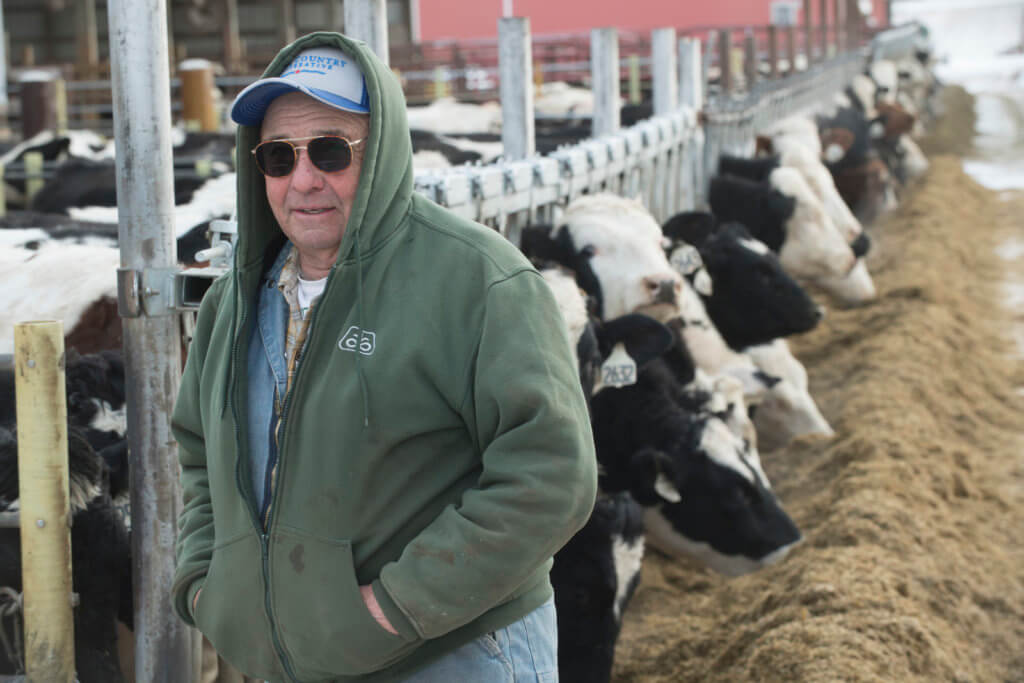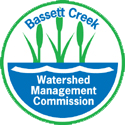News
Water and Soil Conservation Practices Sustain Dairy Farm
Thu, Dec 28, 2017For practically-minded farmer Wayne Kieffer and farmer sons Kevin and Tim, water and soil conservation are essential to the sustainability of their fifth-generation operation — the Kieffer Dairy Farm — on the “variable soil” of the country near Hastings, Minn.
Though approximately five times the size of the original 160-acre homestead, the farm is as diversified an operation as it originally was, and supports not only three farm families, but also several full-time employees.
To maintain more than 800 acres of cropland, plus 400 dairy cattle, the family has implemented a series of practices that help to keep water on the land and prevent erosion.

With dairy cattle, manure is one of the available sources of nutrients. Irrigation pipes that water the crops also help redistribute liquid manure to the land closest to the barns, allowing for the use of less commercial fertilizer.
Having livestock also introduces the need for forage crops — like alfalfa — in the crop rotation. Such forage crops serve as ground cover for a number of years, resulting in less tillage, which would expose the soil to erosion.
With more water remaining on the land, more nutrients are available for crop absorption, preventing nitrates from running into waterways and leaching into aquifers. At the same time, a system of grass waterways and catchment basins help “slow down the water that the soil can’t absorb” after a heavy rain event — all perks for water and soil conservation.
As Kieffer says, “In farming, like any business, some do a good job, some don’t. It doesn’t necessarily have to be a small farm doing the good job,” he adds, since a farm has to be “large enough to be competitive.”
These practices, plus a low-tillage approach to turning the soil after the harvest, and setting aside 130 acres of land to protect it from future development made Kieffer the 2016 recipient of Dakota County Soil and Water Conservation District’s “Outstanding Conservationist” award.
To Kieffer’s way of thinking, these water and soil conservation practices are “good for the wildlife, good for the water, everything,” he says.

Efficiencies in Evolution
Kieffer says that the diversified operation has evolved in many ways, including its scale, since its beginnings.
Where once hand-milking twice a day kept farmers close to the barn, now much of the process is automated — and robots aren’t far in the farm’s future.
Once farmhouses were heated with wood; now the Kieffer farmhouse is kept temperate through a geothermal system.
Even the farm office bears testament to constantly evolving practices. An elaborate multi-level cream separator was once the “New World’s Standard”, as its name proves. Now a laptop sits on the desk, and a semi pulls up to take milk to a network of regional dairies.

A Multi-Generational Commitment to Water and Soil Conservation
Kieffer credits his sons with taking the farm into the future. They’re interested in the benefits of cover-cropping after the fall harvest, so have been experimenting with winter rye. “The longer the roots are in a field, the better for the soil” as a deterrent to potential wind and water erosion, says Kieffer. But with this year’s slower harvest, the rye was planted later. All are awaiting the results in May, when they’ll see how well a late planting produces.
But instead of worrying in this year when crop and milk prices are low while farm inputs remain high, Kieffer turns philosophical. “If you take care of the land, it’ll take care of you,” he says.
(For more information about agricultural soil and water conservation practices, and funding available for such practices, visit the Minnesota Department of Agriculture.)


